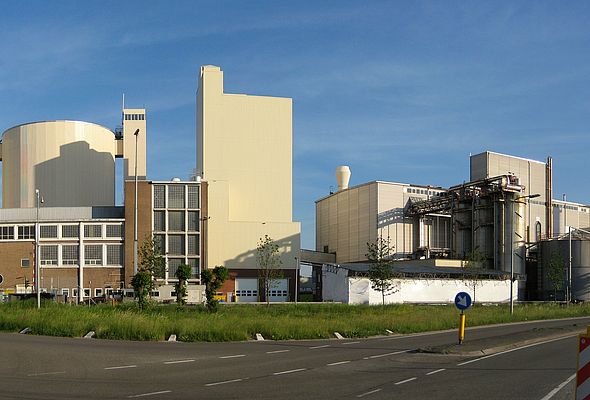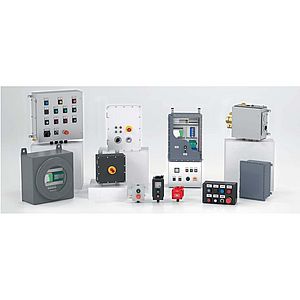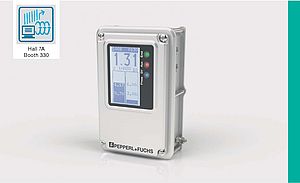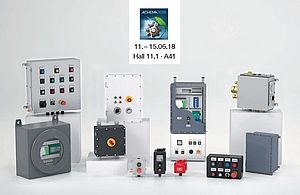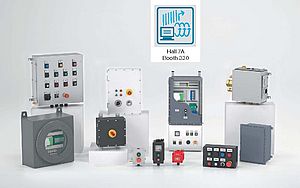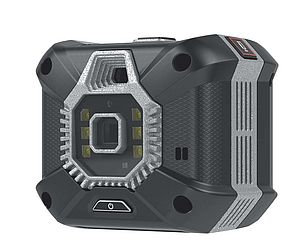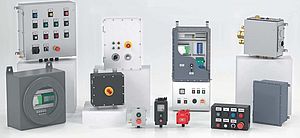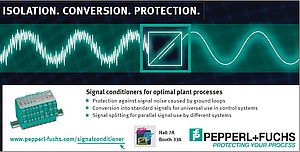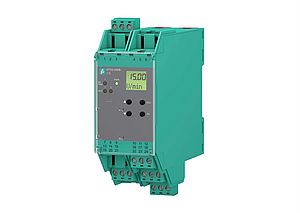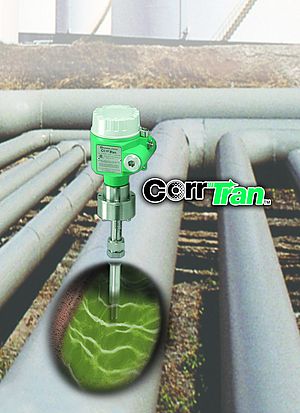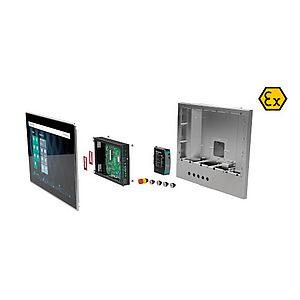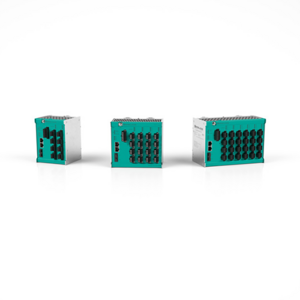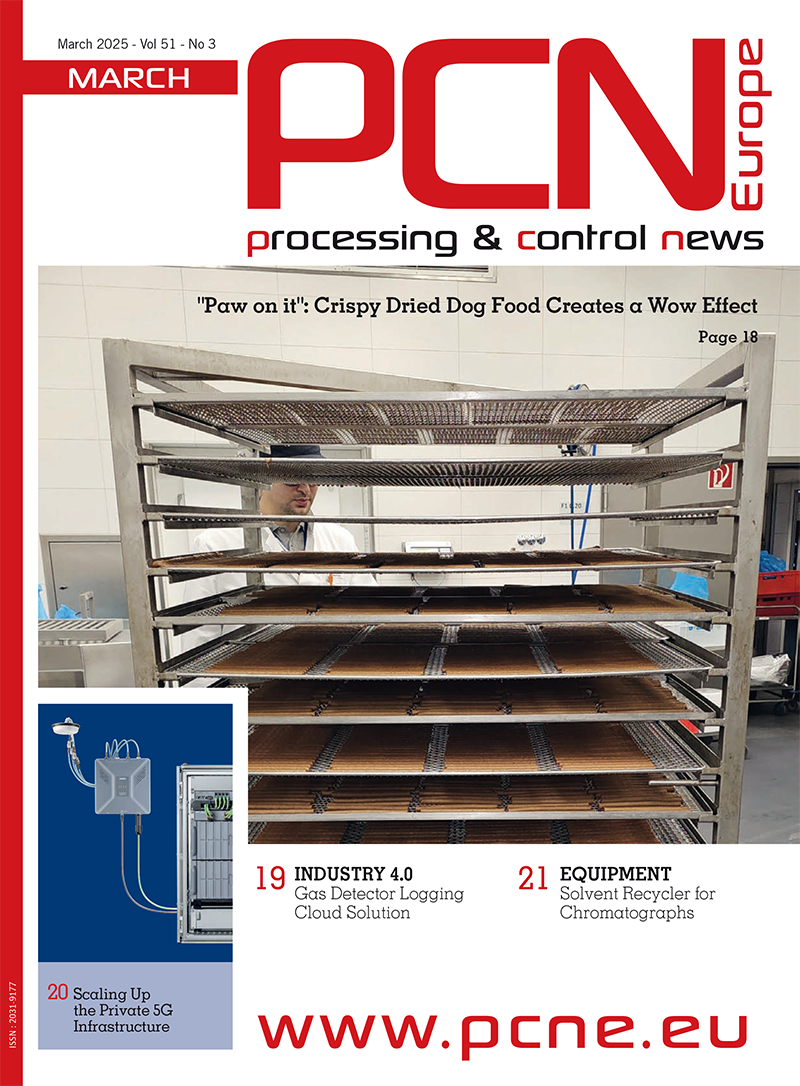A high degree of plant availability essentially depends on the reliable and efficient transfer of signals between the field device and process control system. Suiker Unie is one of the largest sugar producers in Europe and uses signal conditioners to fulfil this task.
The signal conditioners guarantee the reliable transfer of signals, avoid measurement errors and malfunctions, and perform other tasks such as converting field signals into standard signals. At Suiker Unie, signal conditioners with a speed monitoring function are used in the majority of motors.
With sugar production running at one million tonnes a year, Suiker Unie, based in the Netherlands, is one of the largest producers in Europe. Each year, its factory in Groningen alone produces a total of 450,000 tonnes of sugar in different qualities. During the sugar high season between September and January, a truck full of sugar beets is unloaded on average every two minutes, day and night. A total of three million tonnes of beet have to be washed, shredded, boiled and crystallized.
One of the prerequisites for a smooth process flow with a consistently high product quality is the reliable and efficient control of processes, which requires the error-free acquisition and evaluation of measured data between the sensors in the plant and at the control level. Ground loops are one of the most frequent malfunctions and occur when there are several ground connections with different potentials both in the field side and the control side. These connections generate compensation currents in the signal lead, which cause measurement discrepancies and can interfere with communication to such an extent that reliable process monitoring and control is no longer possible.
Galvanic isolation and signal conversion
Galvanic isolation of the field and control side provides an outstanding solution to this problem. It prevents voltages and currents from interfering with the useful signal. Galvanic isolation is therefore the ideal solution for preventing ground loops during the transfer of analog and digital signals in plants with a widely diversified structure such as the one at Suiker Unie. The same applies for long cables, which may be susceptible to common mode noise that they then transfer to signal inputs, even in the absence of a conductive connection.
Galvanic isolation is achieved using a signal conditioner and integrating either a transformer (inductive galvanic isolation) or an optocoupler. This interface module interrupts the electrically conductive connection between the two circuits so that the load carriers can no longer flow from one circuit to another. Instead, the process signals are transferred via the magnetic field or an optical transmitter/receiver system.
The conversion of signals into standard signals is one of the central functions of a signal conditioner. Conversion enables control of process control systems to process different measured values from the field. The signal conditioner detects the signals from sensors such as thermocouples, resistance temperature detectors (RTD) or other encoders and converts them into typical standard signals 0/2…10 V or 0/4…20 mA. It is also possible to convert binary frequency signals from NAMUR sensors or mechanical contacts into 0/4…20 mA. All the functions mentioned are programmed quickly and easily using DIP switches on the front of the device or a PC.
Monitoring of conveyors
Signal conditioners are not used in process technology only because of galvanic isolation. They also offer the operator different functions for detecting, amplifying and converting temperatures, frequencies and other analog and digital signals. The KFD2-DWB-1.D rotation speed monitor from Pepperl+Fuchs is one of the signal conditioners that Suiker Unie uses for production. Dick Schippers from Suiker Unie explains the importance of these functions during the process: "One of our central requirements is the maximum possible availability of the numerous drive motors on conveyor belts, drying drums and centrifuges throughout the entire sugar production process."
The actual monitored speed is compared with a preset trip value to determine whether it exceeds or falls below the defined value. A NAMUR sensor or mechanical contact provides the speed value in binary signal format. In the rotation speed monitor, the current speed is compared with a trip value, which may fall between 1mHz and 12kHz. If the speed exceeds the permitted speed range, an alarm is triggered.
Integral component of a proven system
Pepperl+Fuchs offers the option of supplying power via Power Rail to reduce the cost of wiring and installing interface modules. The insert for the DIN mounting rail with integrated conductors supplies 24 VDC to the rear of the signal conditioners and also enables the collective notification of line faults in the field circuit. Signal lines in the harsh process environment are permanently monitored for interruptions or short circuits and the user can promptly identify malfunctions.
The KFD2-DWB-1.D signal conditioner with speed monitoring is part of the K system from Pepperl+Fuchs. In addition to a large portfolio of signal conditioners, the company also offers intrinsically safe isolated barriers for a wide selection of intrinsically safe applications. The comprehensive range includes around 200 different interface modules for installing on a 35 mm DIN mounting rail.
Reliable signal transfers
for sugar production process
- by Pepperl + Fuchs SE
- April 22, 2013
- 765 views


